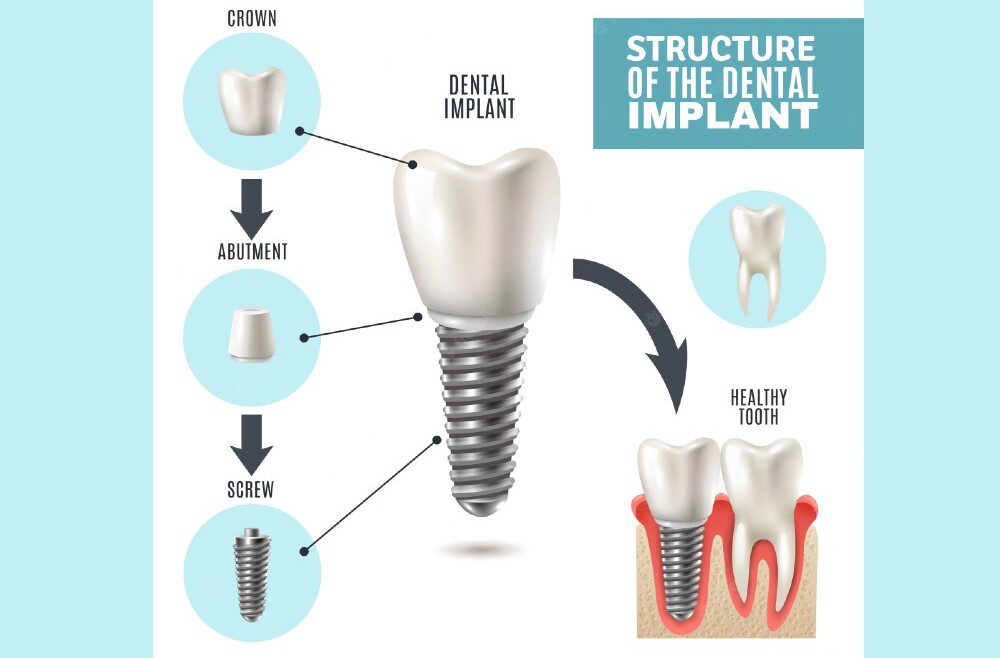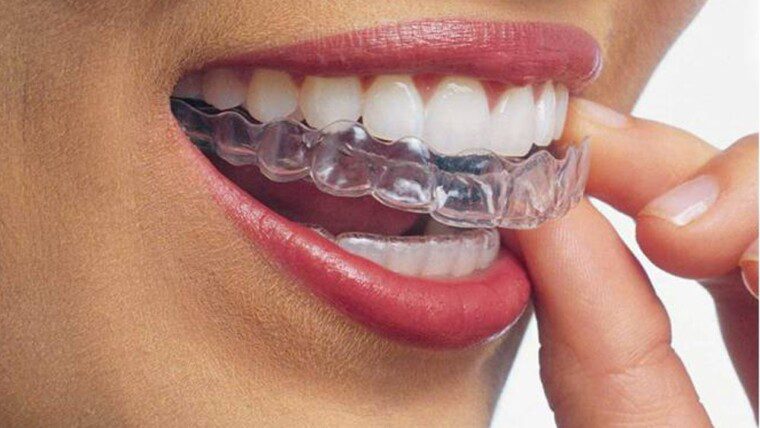Dental implants serve as artificial tooth roots designed to support the restoration of missing teeth, not only restoring smiles but also preventing the loss of jaw bone density. This innovative dental procedure falls within the realms of both prosthetic and cosmetic dentistry.
The absence of teeth can often lead to self-consciousness and speech difficulties, not to mention eating problems that might result in secondary health issues such as malnutrition. Dental implants offer a solution to these problems. By replacing missing tooth roots, they provide the strength and stability necessary for enjoying a wide range of foods with ease, ensuring proper chewing. Furthermore, dental implants stimulate and preserve jaw bone integrity, averting bone loss and maintaining facial features.
Varieties of Dental Implants
The dental implant landscape boasts a multitude of options from over 60 manufacturers who produce both implants and the materials used for the accompanying restorations.
Dental implants are typically categorized based on the placement procedure used, with two-stage and single-stage implants as the primary options.
Two-Stage Implants: This method involves a surgical procedure to implant the fixture into the jaw bone and subsequently close the gum tissue. After a period of healing, a minor surgery is performed to attach an abutment and temporary restoration.
Endosteal (Endosseous) Implants: These are the most commonly utilized implants in two-stage procedures, placed directly into the jaw bone. Endosteal implants are available in various types, such as screw, cylinder, or bladed, offering versatility as an alternative to dental bridges or removable dentures.
Single-Stage Dental Implants: In a single-stage procedure, a longer implant is surgically placed in the jaw, positioned at the gum line. This obviates the need for additional surgery to expose the implant head after the healing period, making it convenient for attaching the abutment and temporary restoration.
Subperiosteal Implants: These implants sit on the jaw bone within the gum tissue, with the implant post exposed for restoration attachment. However, subperiosteal implants have become rare and are no longer widely used, primarily serving as a solution for individuals with limited bone height to hold dentures securely in place.




